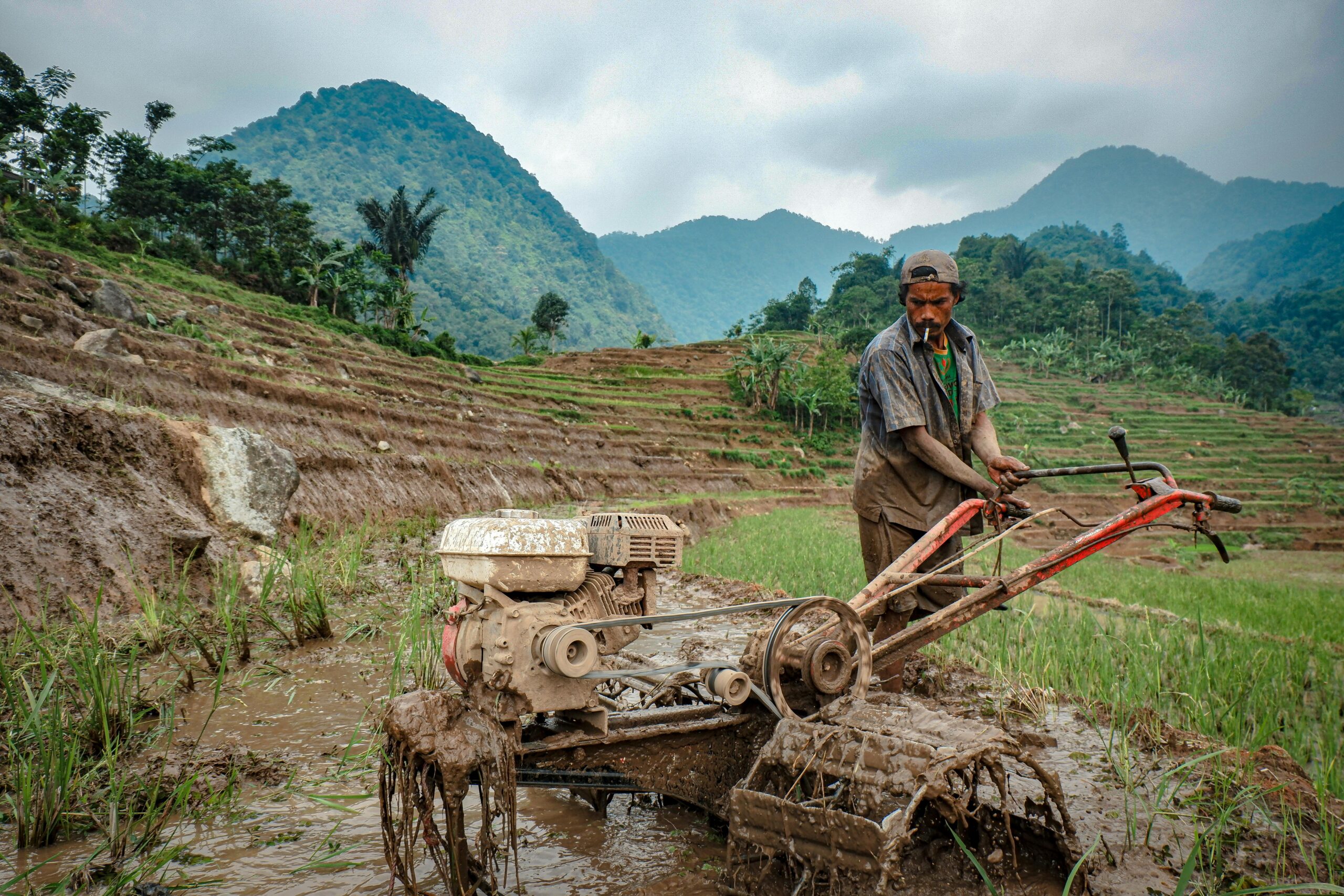

RICE
Rice is one of the most essential crops in the world, feeding more than half of the global population daily. Its cultivation spans across continents, from Asia’s vast paddy fields to the more specialized farms in Africa, Latin America, and beyond. The process of growing rice is not just about producing a staple food but involves a deep connection with the land, water, and traditional farming practices that have been passed down through generations.
Rice Varieties: A Global Overview
Rice is a staple food for more than half of the global population, and its cultivation spans across diverse regions, each growing specific varieties suited to their climate, soil, and cultural preferences. The wide range of rice varieties offers unique textures, flavors, and nutritional values that make rice a versatile grain in global diets.

How long does rice take to grow?
The growth period for rice ranges from 3-6 months, depending on the variety and environmental conditions.
How much water is needed for rice cultivation?
Rice requires a significant amount of water, especially during the early stages of growth, but sustainable practices are emerging to reduce water usage.
What fertilizers are best for rice cultivation?
Nitrogen, phosphorus, and potassium are commonly recommended, but organic fertilizers and crop rotation are also popular for sustainable practices.
What are high-yield rice varieties?
High-yield varieties vary by region but often include IR64, Swarna, and others developed for specific climate conditions.
Which climates are most suitable for growing rice?
Rice thrives in warm, humid climates with consistent rainfall, but different varieties can adapt to other conditions as well.











